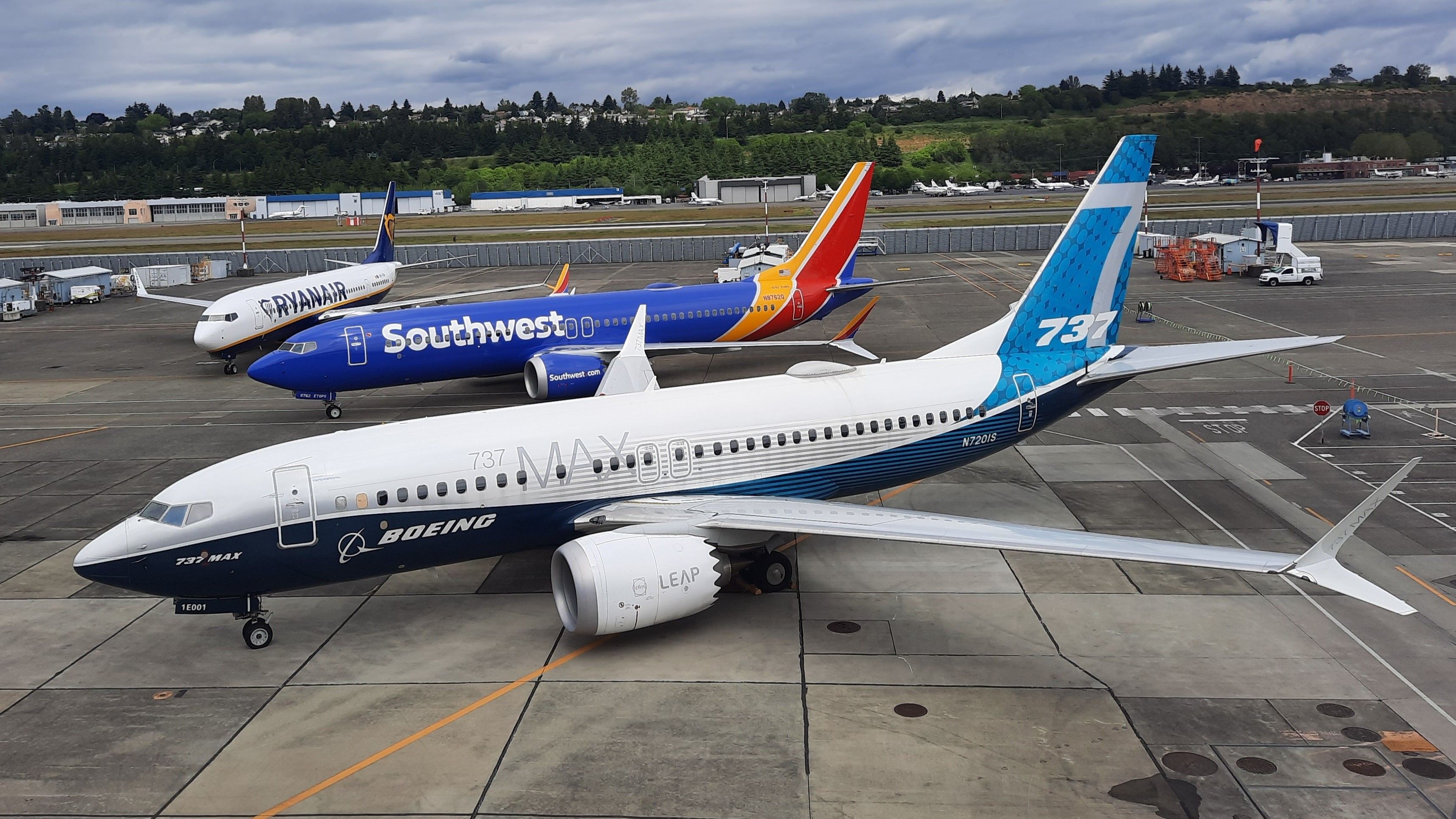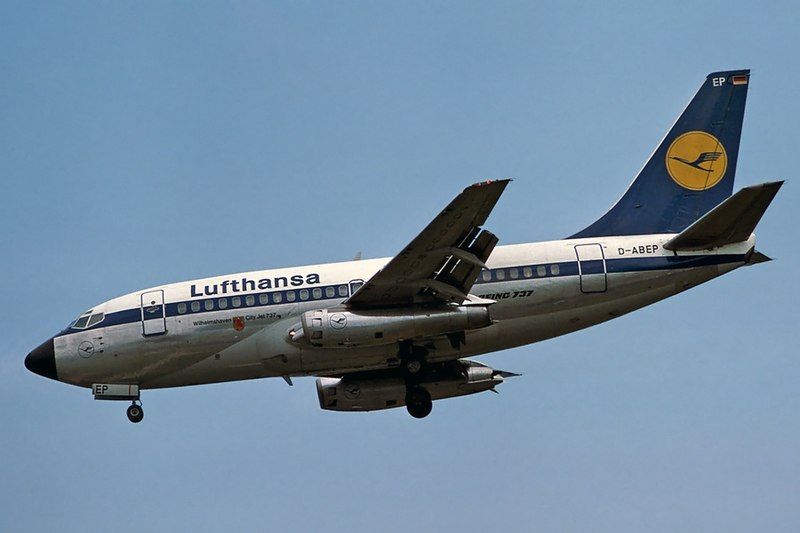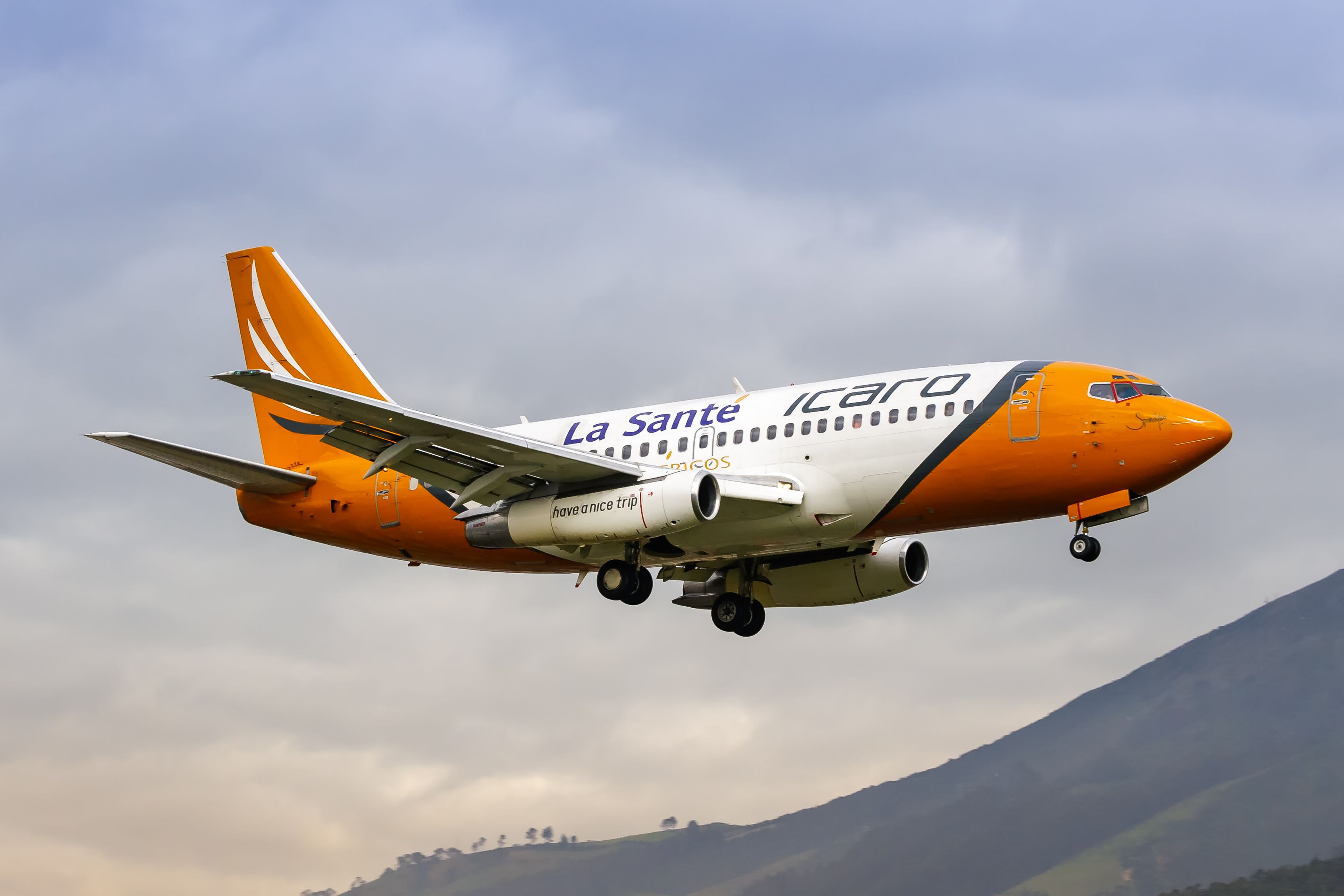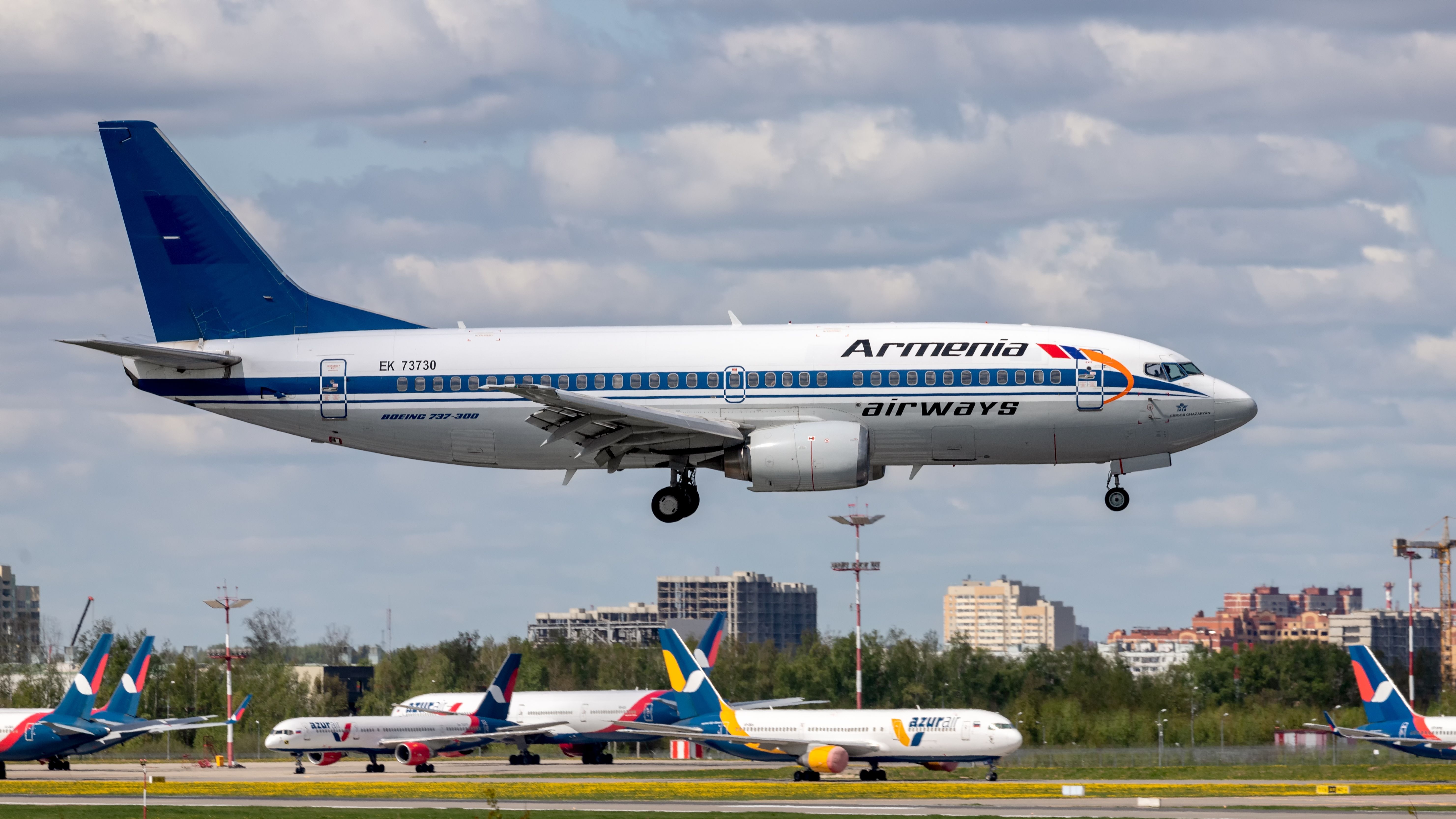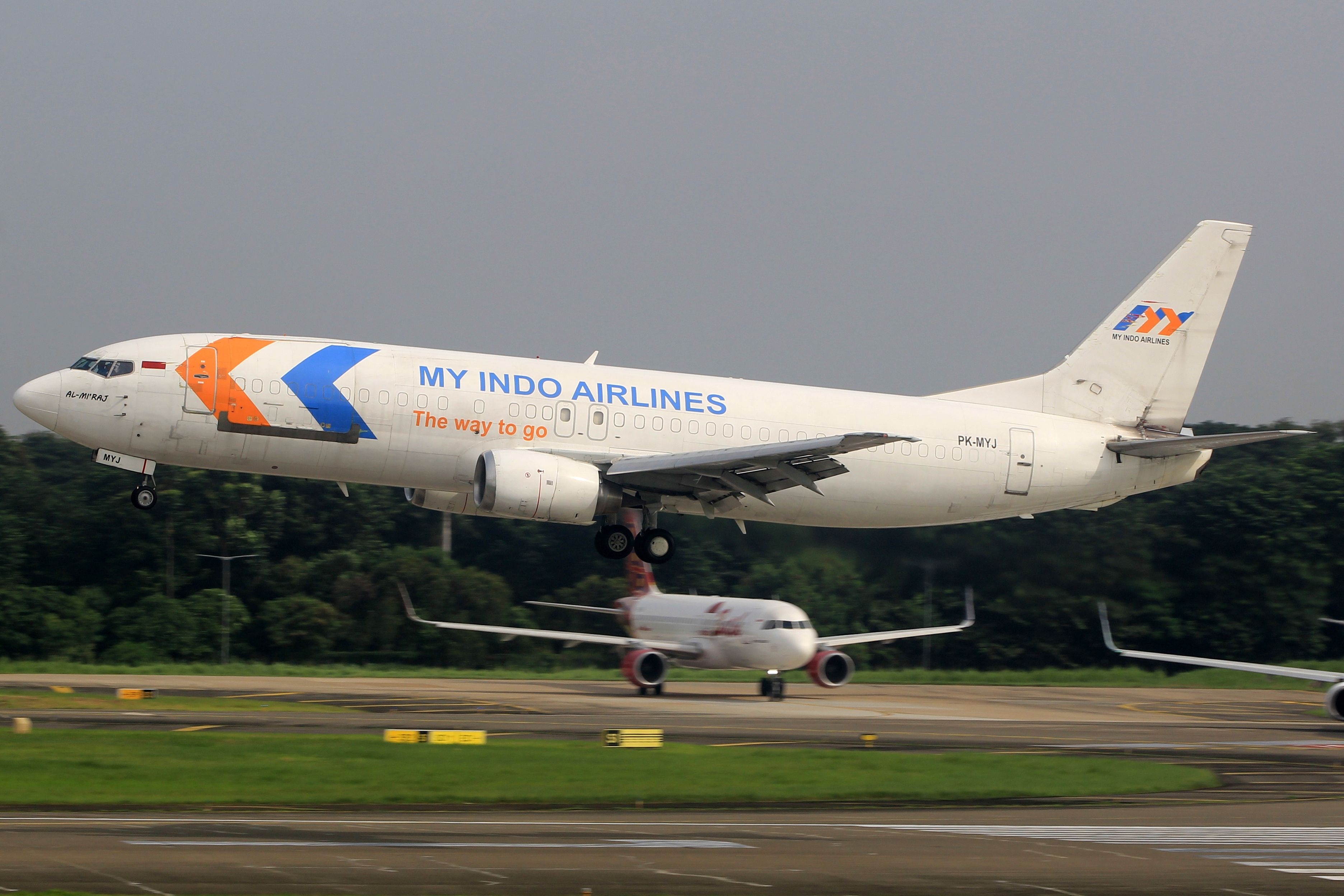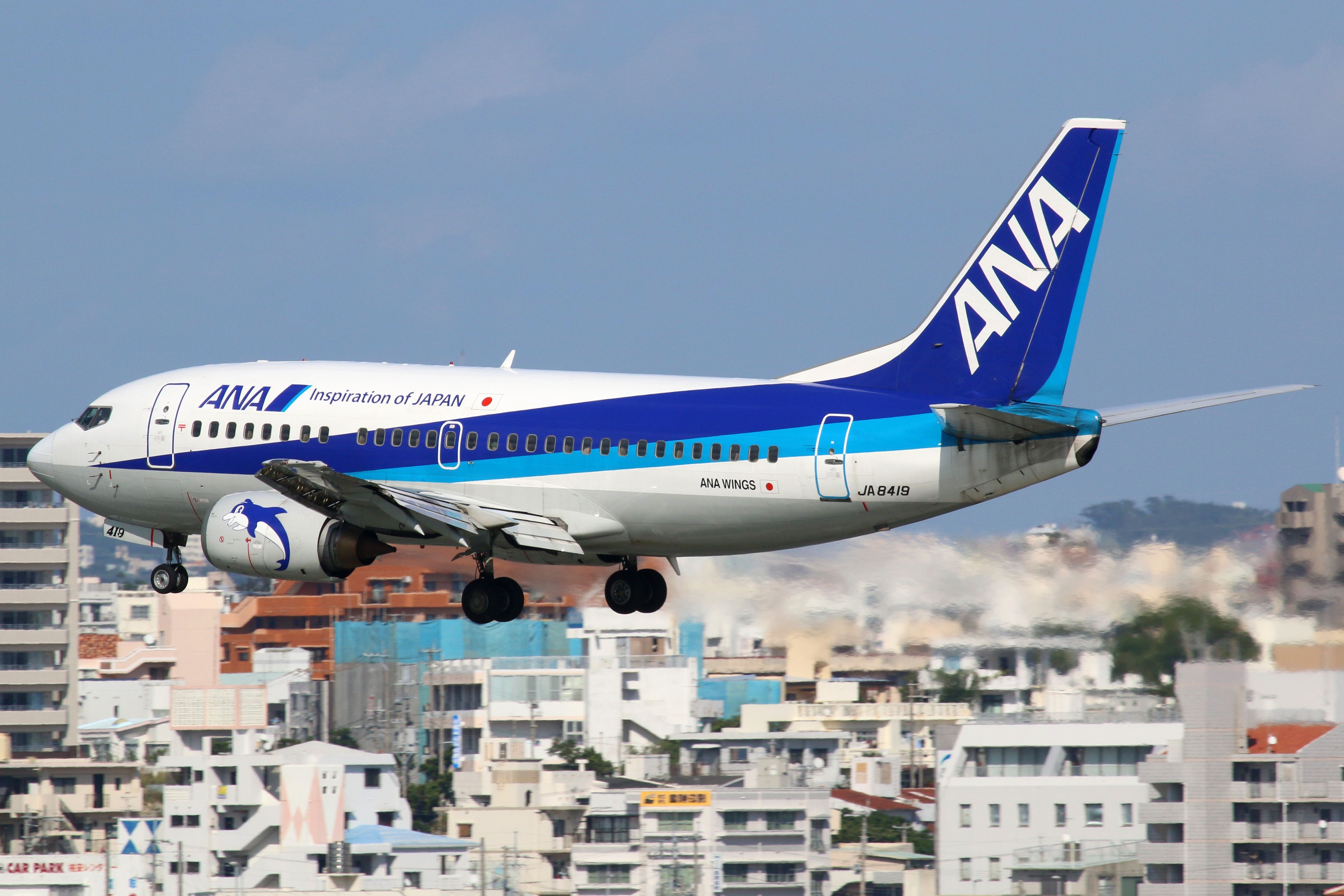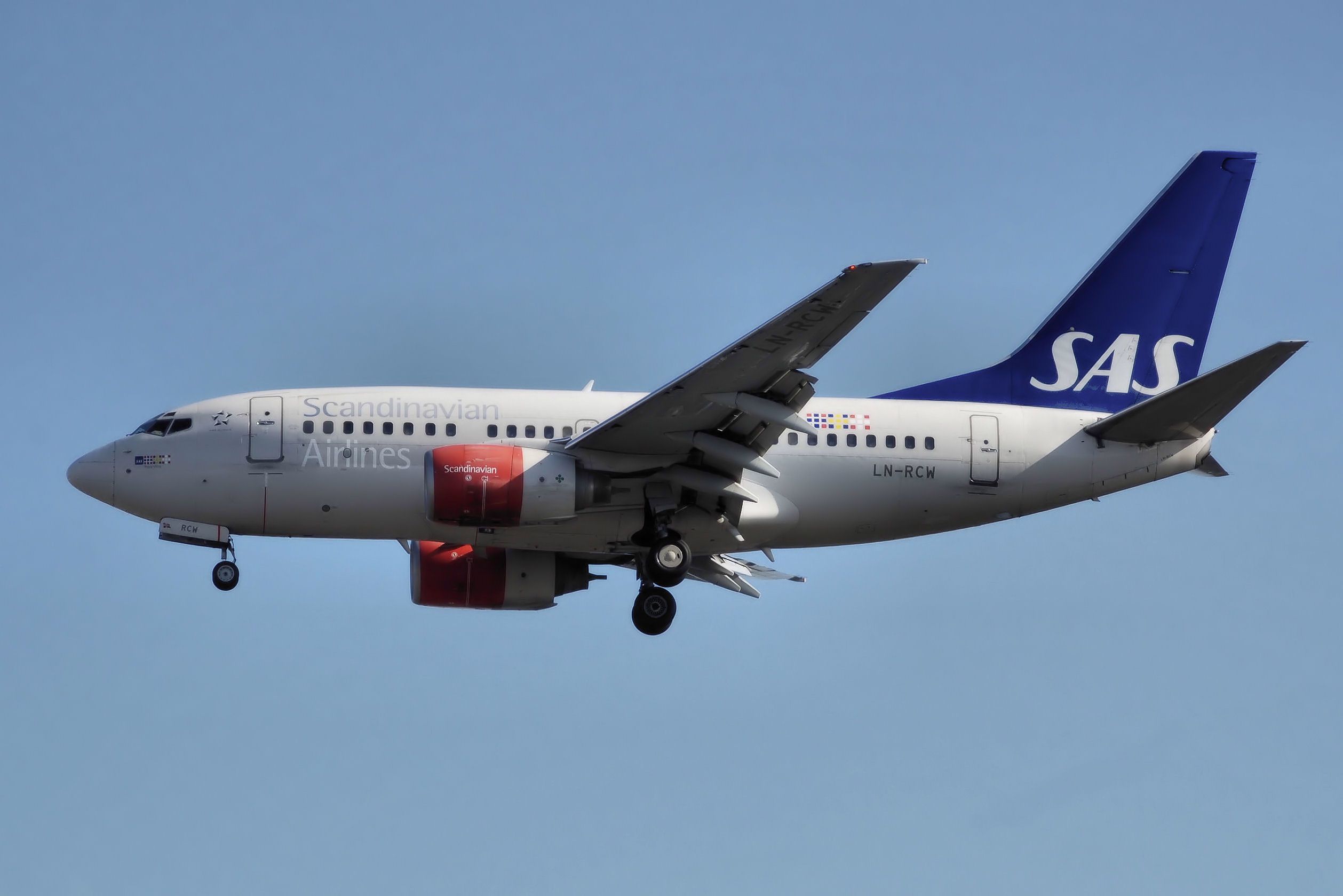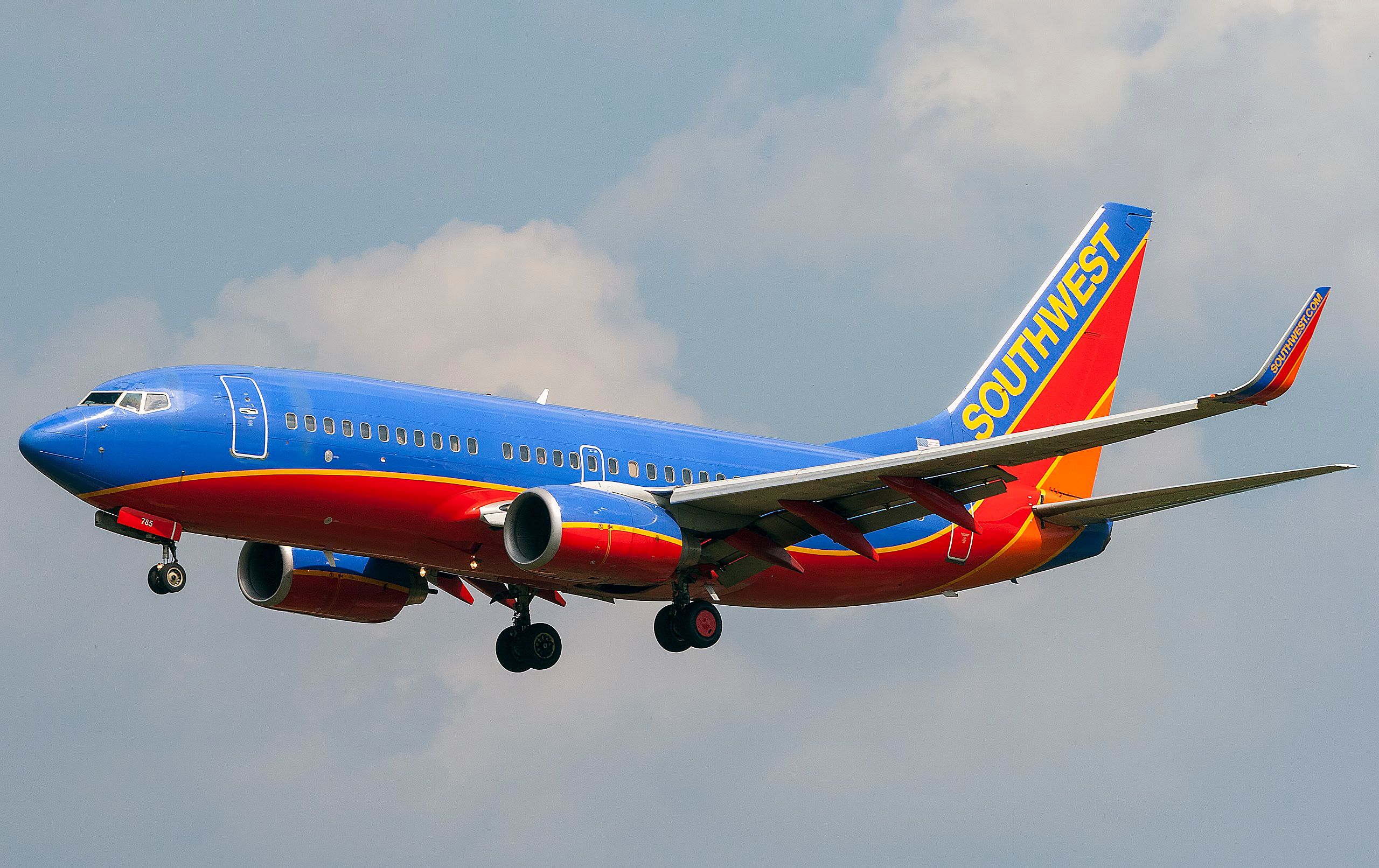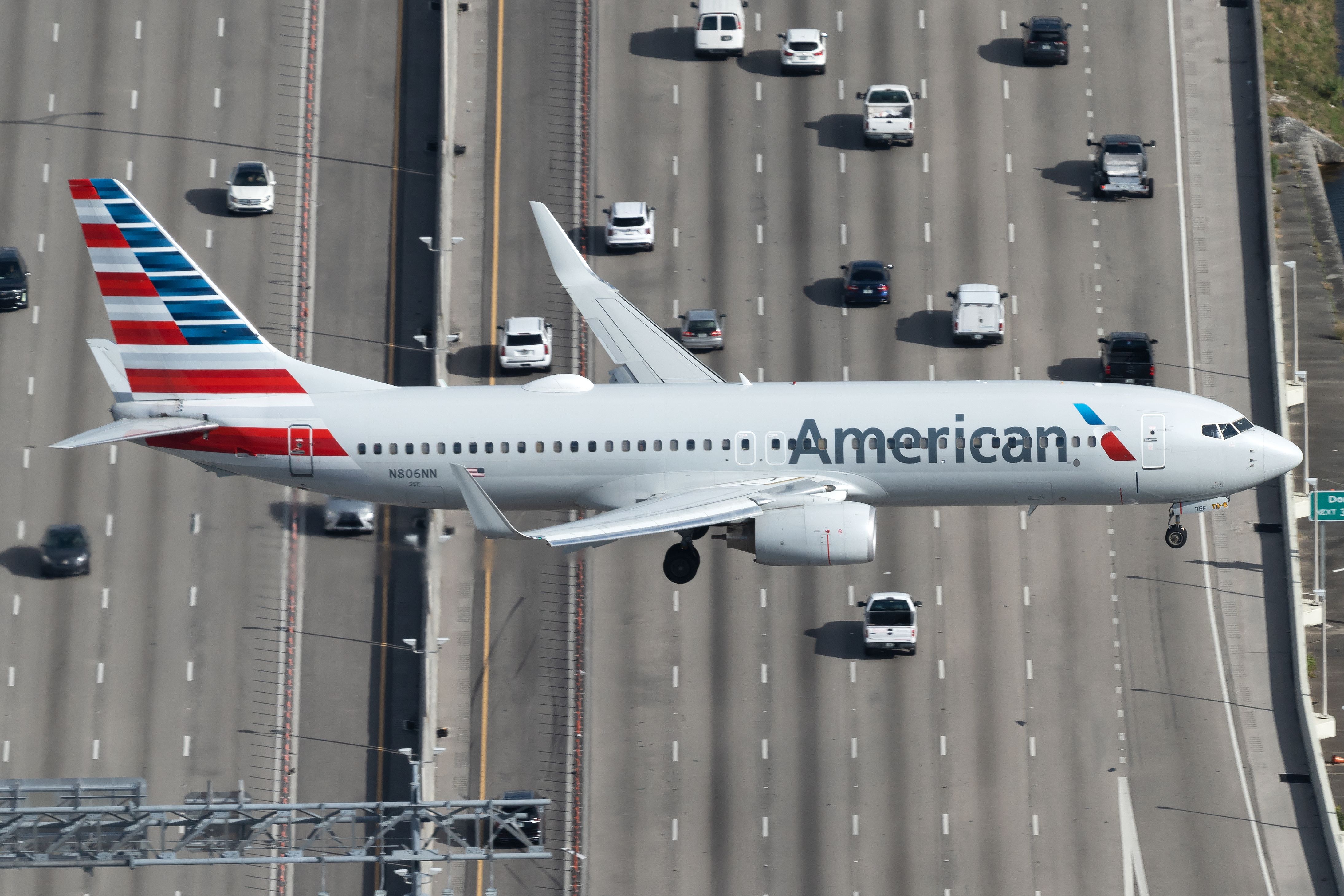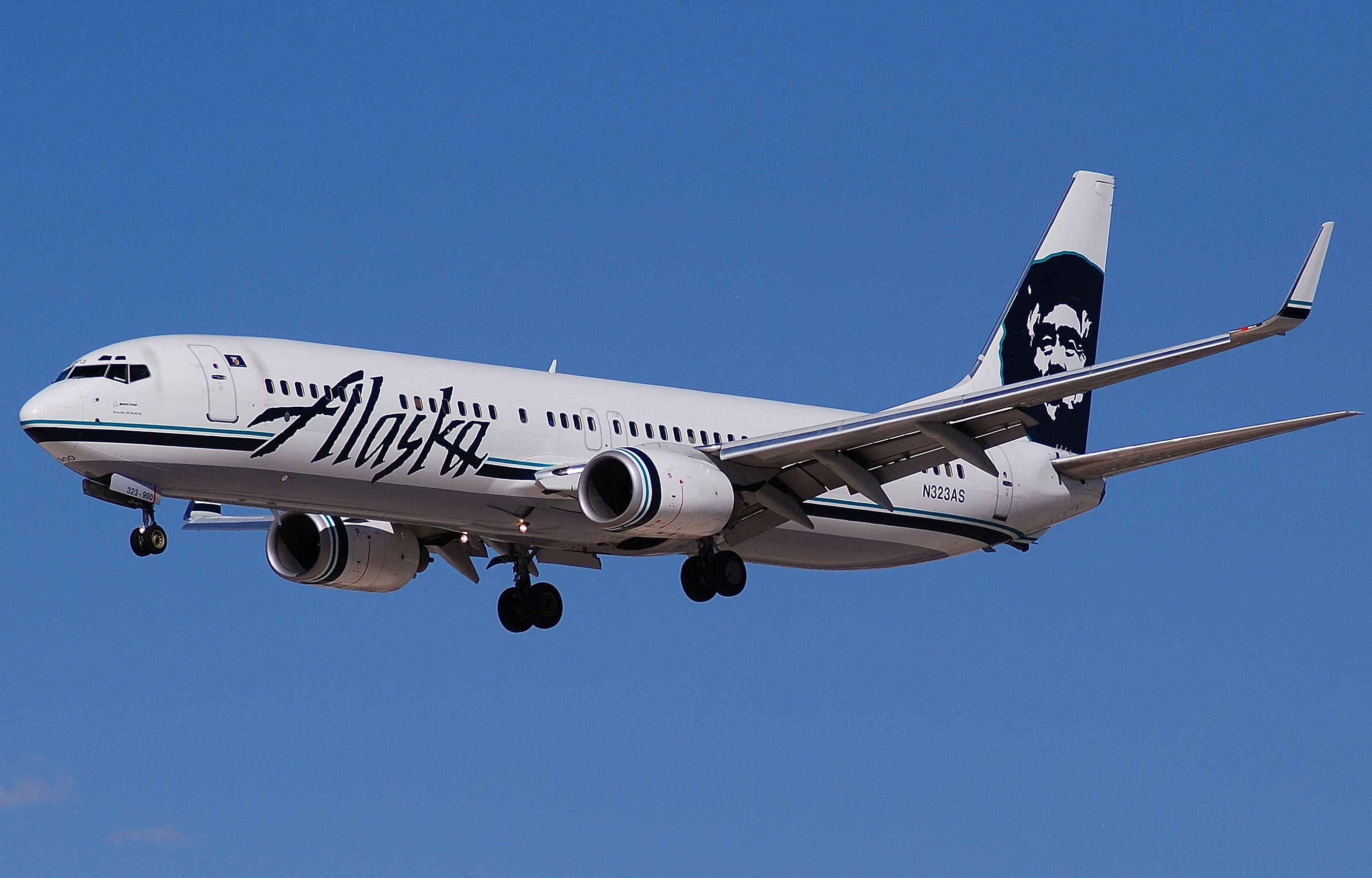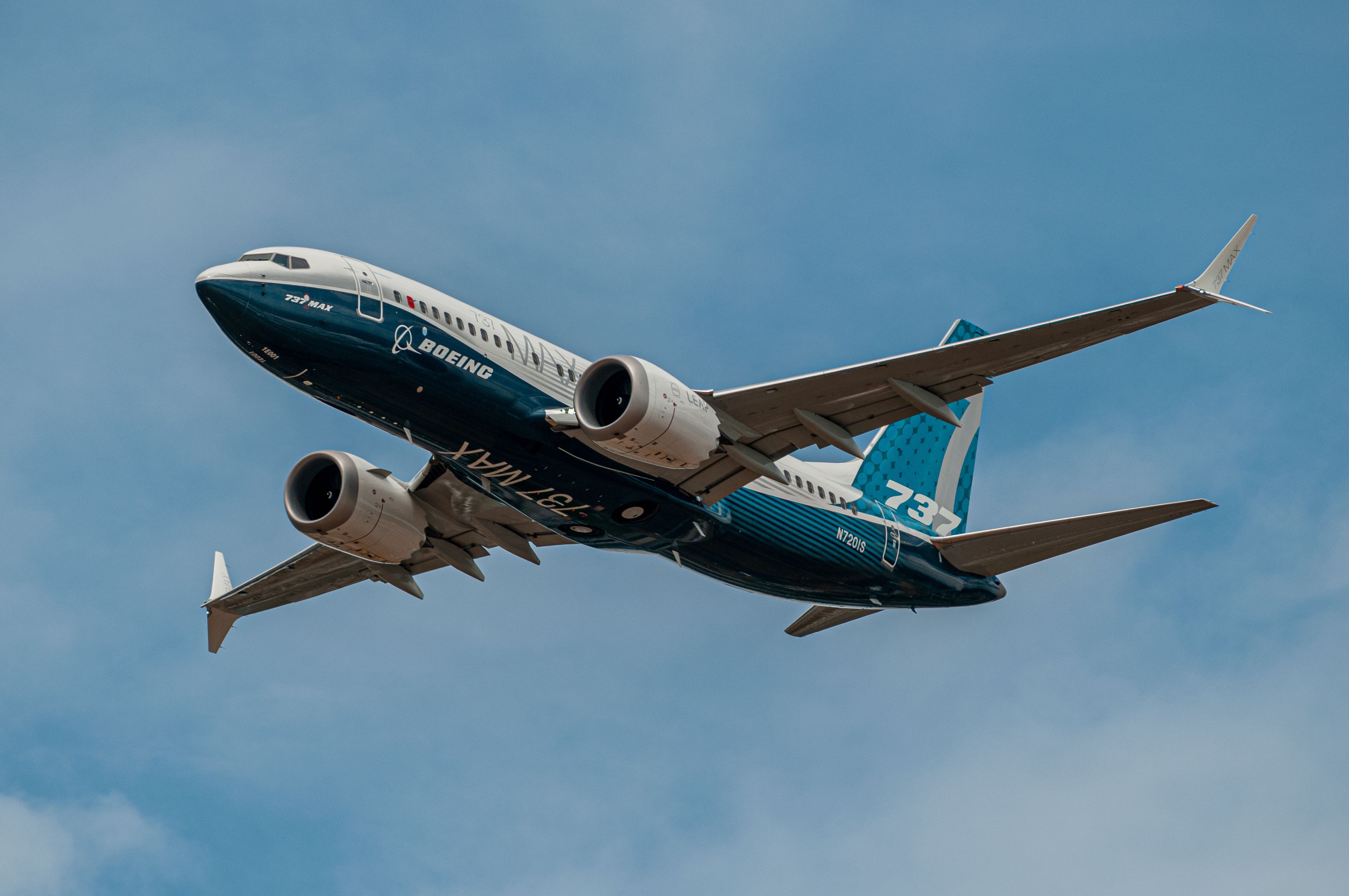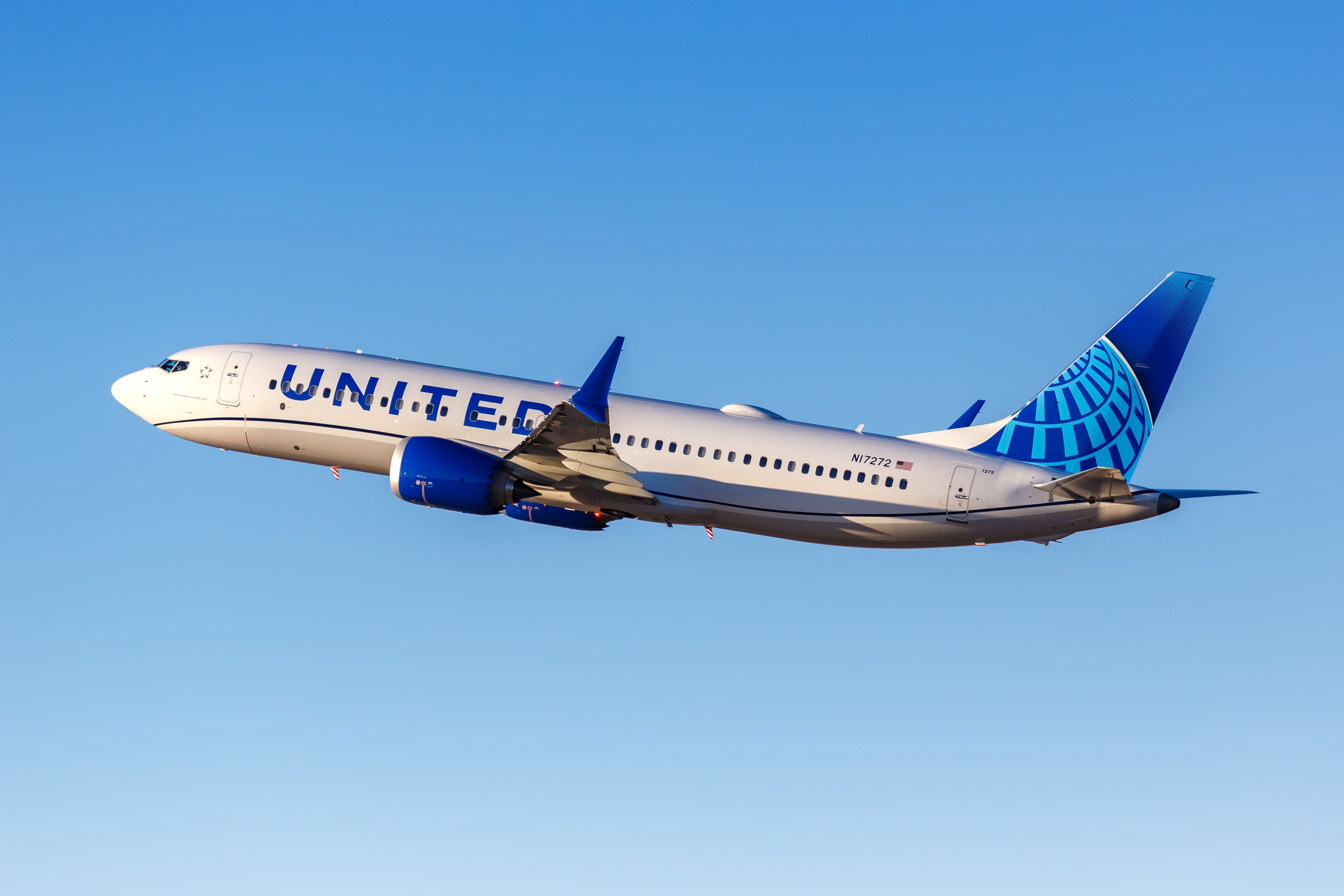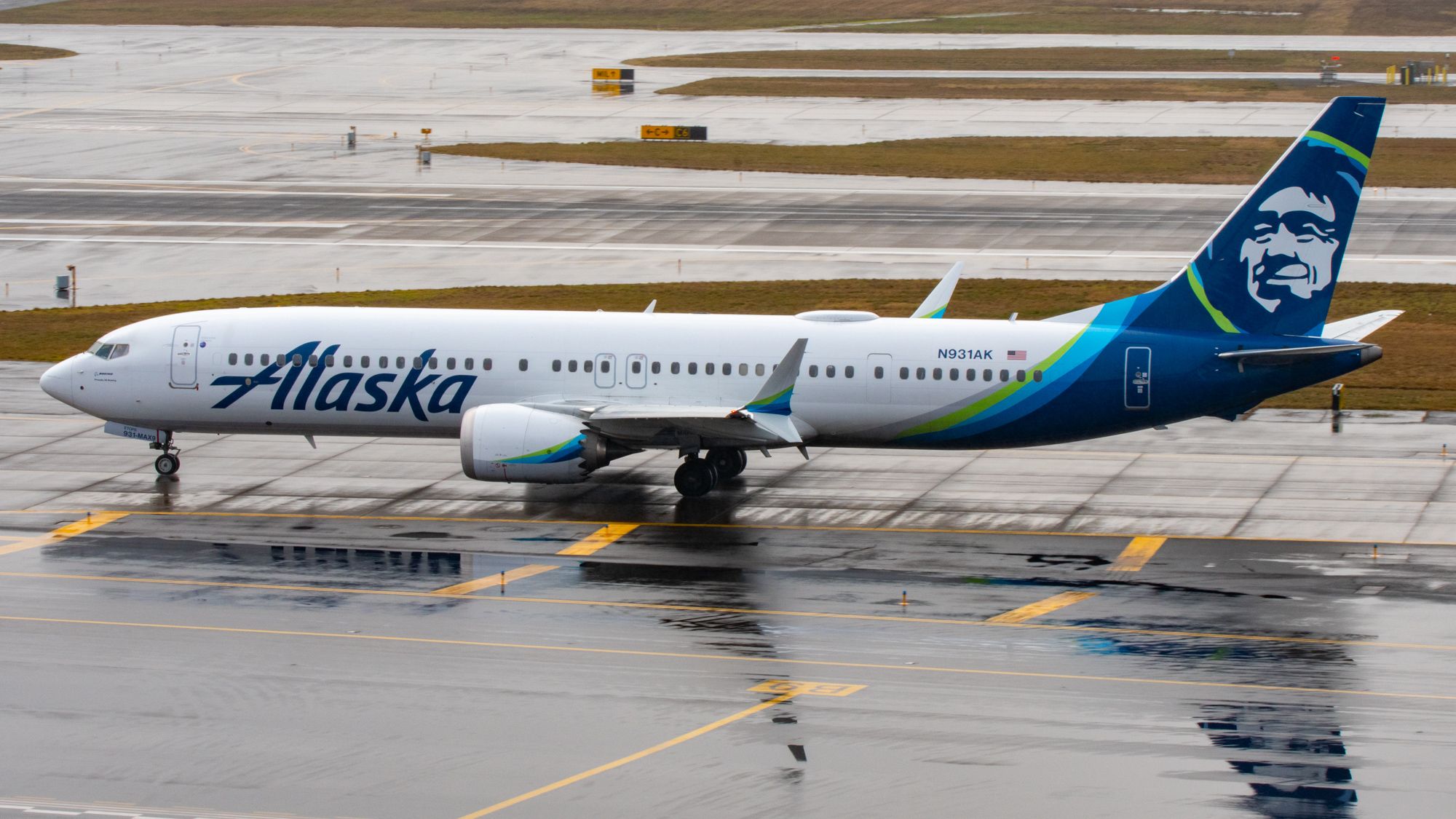Summary
- The Boeing 737 family has been in production for over 55 years, and remains one of the best-selling single-aisle aircraft in the world.
- The 737 has gone through four generations (original, Classics, NG, and MAX) with 13 variations, each with different weight and capacity characteristics.
- The newest generation, the MAX series, features more fuel-efficient engines and aerodynamic improvements.
The Boeing 737 family of jets is one of the most iconic narrowbody aircraft in the world. Boeing delivered its first jet to the German flag carrier Lufthansa in 1967. More than 55 years later, the 737 remains one of the best-selling single-aisle aircraft in the world.
Boeing manufactured 13 variations of the jet over four generations. The original series (first generation) includes 737-100 and -200, the Classics (second generation) includes 737-300/-400/-500, the NG (third generation) includes 737-600/-700/-800/-900 and the latest MAX series (fourth generation) include 737 MAX 7/MAX 8/MAX 9/MAX 10.
This article explores the history of the Boeing 737 family and the weight and capacity differences between all 13 variants.
Boeing was behind its competitors
When setting out to design and build the plane, Boeing was already behind its competitors, with the BAC One-Eleven, the Douglas DC-9, and the Fokker F28 already undergoing flight certification. To speed up the process, Boeing opted to use 60% of the structure and systems it already had in the Boeing 727.
With a shorter version of the same fuselage and the engines under the wings, Boeing introduced six abreast seating rather than the 3-2 layout used on the 727.
Boeing 737 Original (first generation)
Boeing 737-100
When the first Boeing 737-100 entered service with Lufthansa on February 10th, 1968, the German carrier became the first non-American airline to launch a Boeing aircraft. Lufthansa was Boeing's biggest customer for the 737-100, ordering 22 aircraft. Of the 30 Boeing 737-100s built, another five went to Malaysia-Singapore Airlines, and two to avianca.
The remaining aircraft, the original prototype, was sold to NASA in 1973, with the space agency flying the Boeing 737-100 for 30 years. The empty weight of the Boeing 737-100 was 61,994 lbs, and the maximum takeoff weight was 110,000 lbs.
Boeing 737-200
In 1965 United Airlines placed an order with Boeing for a larger version of the 737-100, which Boeing designated as the Boeing 737-200.
After producing 135 737-200s, Boeing introduced an advanced version that had improved aerodynamics, automatic wheel brakes, more powerful engines, more fuel capacity, and an extended range. The empty weight of a Boeing 737-200 is 65,300 lbs and its maximum takeoff weight is 128,100 lbs.
Boeing 737 Classic (second generation)
Boeing 737-300
The development of the Boeing 737-300 was intended to be an upgrade to the Boeing 737-200, with an increase in range and capacity. The aircraft was designed to compete with the McDonnell Douglas MD-80 and its later derivative, the MD-90. During this time, a newcomer also entered the market - the Airbus A320.
The A320 and 737 families have become the most popular narrowbodies in the world. By selecting the CFM56-3B-1 engine to power the planes, Boeing increased fuel efficiency and lowered noise.
The exit limit was also increased to 149 passengers by lengthening the fuselage and incorporating improvements to the cabin similar to a Boeing 757. The empty weight of the Boeing 737-300 is 72,532 lbs, and the maximum takeoff weight is 139,500 lbs.
Boeing 737-400
To fill the gap between the 737-300 and the 757-200, Boeing stretched the Boeing 737-300's fuselage by ten feet, increasing its exit limit to 188 passengers. With its extended length, Boeing added a tail bumper to prevent tail strikes during takeoff. The empty weight of a Boeing 737-400 is 74,185 lbs, and its maximum takeoff weight is 150,000 lbs.
Boeing 737-500
Boeing offered customers the Boeing 737-500 as a modern and direct replacement for the Boeing 737-200. Able to accommodate up to 140 passengers, the plane's new CFM56-3 engines gave it a 25% increase in fuel efficiency over the older 737-200's P&W engines. The empty weight of the aircraft is 69,005 lbs, and its maximum takeoff weight is 133,500 lbs.
Boeing 737NG (third generation)
Boeing 737-600
The Boeing 737-600 is the smallest of the Boeing 737NG (next-generation) models, and it was intended to replace the 737-500. The empty weight of a Boeing 737-600 is 80,200 lbs, and its maximum takeoff weight is 144,500 lbs.
Boeing 737-700
Southwest Airlines was the launch customer for the Boeing 737-700, using it to replace its 737-300s. The 737-700 can seat 126 passengers when configured in two classes or 149 passengers when given a single-class layout. The empty weight of a Boeing 737-700 is 83,000 lbs, and its maximum takeoff weight is 154,500 lbs.
Boeing 737-800
Launched on September 25th, 1994, the Boeing 737-800 is a stretched version of the 737-700. When given a two-class layout, the 737-800 can seat 162 passengers, or 189 passengers in a high-density single-class configuration. The plane was designed to fill the gap between the MD-80 and MD-90 after Boeing merged with McDonnell Douglas in 1997.
The launch customer was TUIfly, who used the aircraft to replace its Boeing 737-400s. The Boeing 737-800 is one of the most widely used narrowbody aircraft, and it competes with the Airbus A320. The empty weight of the Boeing 737-800 is 91,300 lbs, and its maximum takeoff weight is 172,500 lbs.
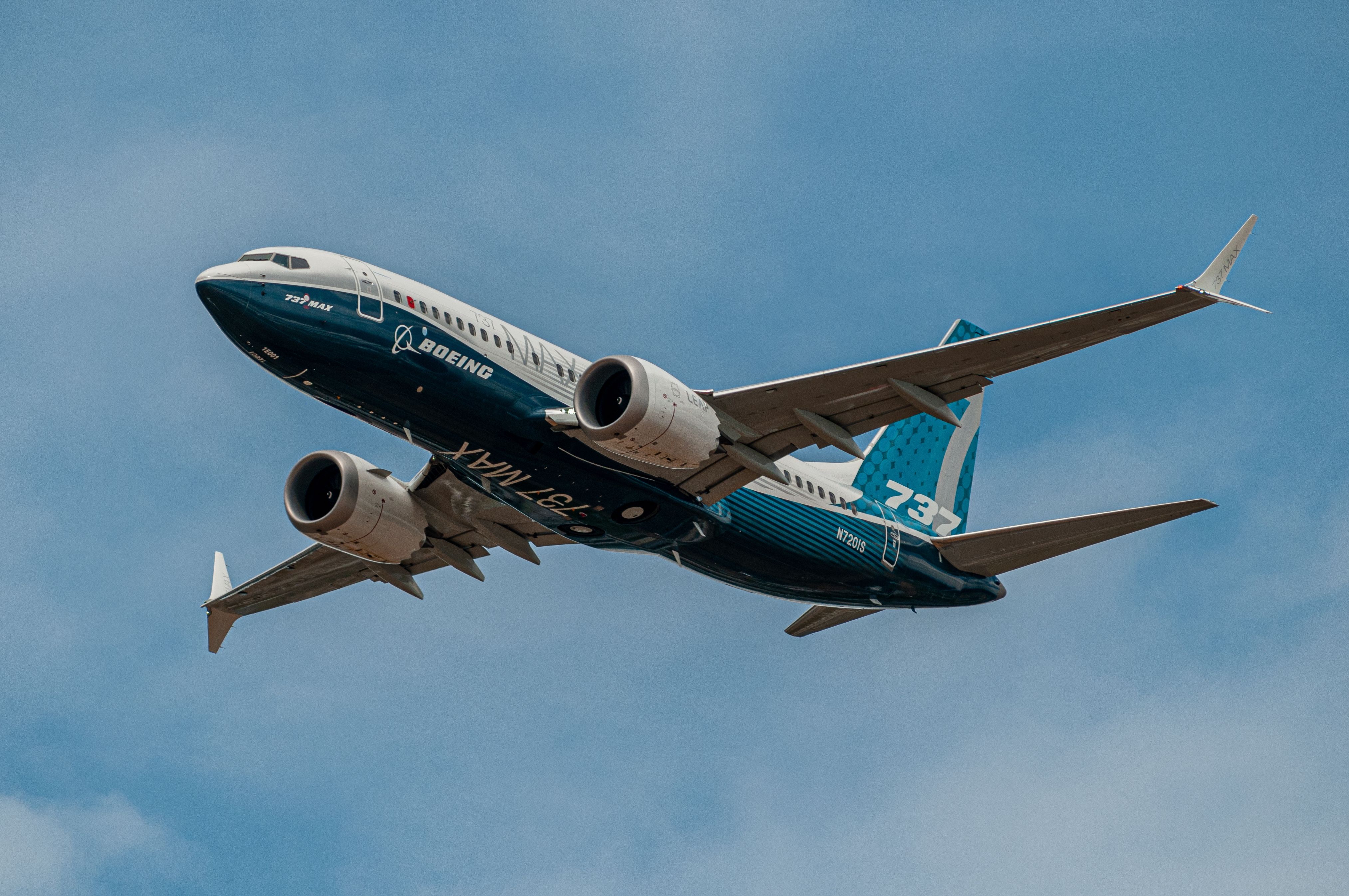
Southwest Isn't Planning To Start Boeing 737 MAX 7 Flights This Year
The low-cost carrier also removed six aircraft from its contractural order book.737-900
Launched in 1997, the Boeing 737-900 can seat 177 in a two-class setup, and 189 in a high-density, one-class layout. Alaska Airlines took delivery of the first 737-900 on May 15, 2001. The empty weight of the Boeing 737-900 is 93,680 lbs, and its maximum takeoff weight is 187,679 lbs.
The newest and largest variant of the Boeing 737NG is the 737-900ER. When building the 737-900ER (extended range), Boeing added two more doors to the cabin, allowing for 180 passengers in a two-class and up to 220 passengers in a one-class layout.
The 737-900ER was intended to replace the Boeing 757-200, and compete with the Airbus A321. The empty weight of a Boeing 737-900ER is 98,495 lbs, and its maximum takeoff weight is 187,700 lbs.
Boeing 737 MAX (fourth generation)
Built to replace the Boeing 737-700/800/900, the Boeing 737 MAX has more fuel-efficient LEAP-1B engines and aerodynamic improvements like split-tip winglets.
Boeing 737 MAX 7
Originally based on the Boeing 737-700, the 737 MAX 7 can fly 1,000 nautical miles further than the 737-700 with two more rows of seats and 18% less fuel cost per seat. The empty weight of a Boeing 737 MAX 7 is 138,699 lbs, and its maximum takeoff weight is 177,000 lbs. This model has not entered service yet.
737 MAX 8
With a longer fuselage than the Boeing 737 MAX 7, the MAX 8 entered service with Malindo Air on May 22, 2017. A high-density low-cost version of the MAX 8 known as the 8-200 can seat up to 200 passengers when using slimline seats, making it 29% more cost-effective per seat. The empty weight of a Boeing 737-8 MAX is 145,400 lbs, and the maximum takeoff weight is 181,200 lbs.
737 MAX 9
Designed to compete with the Airbus A321neo and replace the Boeing 737-900, the MAX 9 is a stretched version of the MAX 8. When empty, the Boeing MAX 9 weighs 156,500 lbs and has a maximum takeoff weight of 194,700 lbs.
737 MAX 10
The Boeing MAX 10 can seat 230 passengers in a single-class configuration or 189 in a two-class layout, similarly to the MAX 9. The downside, while competing with the Airbus A321neo is that the MAX10 has a 3,300 nautical mile range, while the A321neo has a range of 4,000 nautical miles. When empty, a Boeing MAX 10 weighs 156,500 lbs and has a maximum takeoff weight of 197,900 lbs.
What are your thoughts on the history of Boeing 737 and weight and capacity differences across all its variants? Which 737s have you traveled on (if any)? Share your experience in the comments section.

